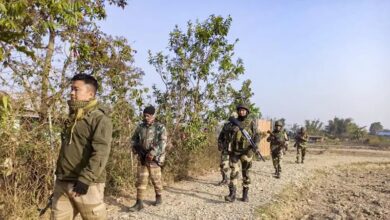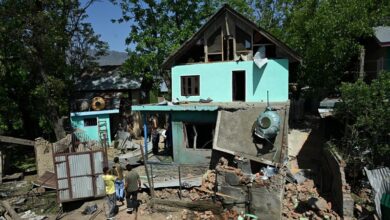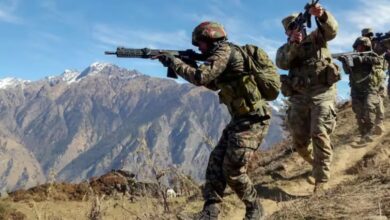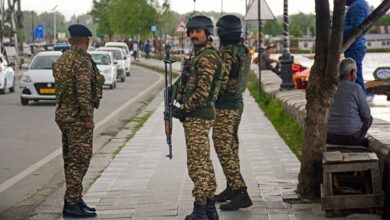Analysing Voter Turnout For Lok Sabha Phase 3: Assam Ranks Highest
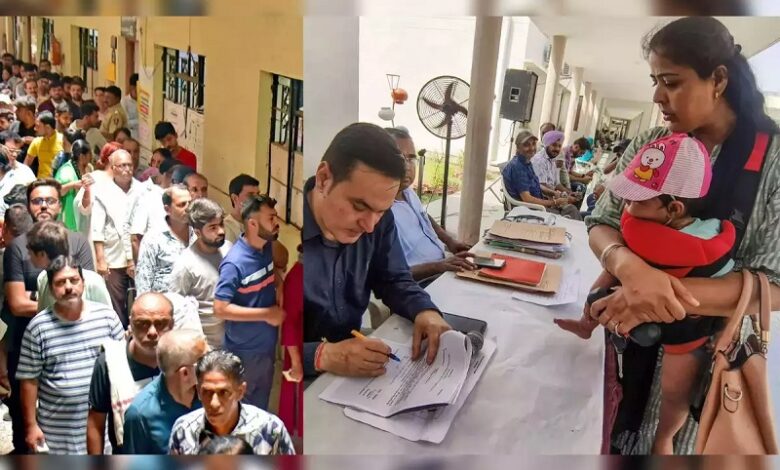
News Mania Desk / Agnibeena Ghosh/9th May 2024
The third phase of the Lok Sabha elections in India, covering 93 constituencies across 10 states and two Union territories, concluded on May 7th. This phase witnessed a voter turnout of 64.4 percent, the lowest compared to the first two phases. Assam recorded the highest voter turnout, while Uttar Pradesh witnessed the lowest. The Election Commission (EC) has been overseeing the smooth conduct of the elections, ensuring peaceful polling across various regions, including those affected by naxal activities.
According to the Election Commission’s data, several states exhibited notable voter turnouts. Assam led with 81.61 percent, followed by West Bengal at 75.79 percent, and Goa at 75.20 percent. Chhattisgarh, Karnataka, and Maharashtra recorded turnouts above 66 percent, while Madhya Pradesh and Gujarat stood at 66.05 percent and 58.98 percent, respectively. Bihar and Uttar Pradesh reported turnouts of 58.18 percent and 57.34 percent, respectively.
During this phase, the Election Commission ensured the smooth functioning of the polling process, even in areas affected by naxal violence. The presence of international delegates from 23 countries at various polling stations added to the overall transparency and festive atmosphere of the elections.
A total of 1,331 candidates, including 120 women, contested in this phase. Prominent candidates included union ministers Amit Shah, Jyotiraditya Scindia, Mansukh Mandaviya, ParshottamRupala, Pralhad Joshi, and SP Singh Baghel. Former chief ministers such as Shivraj Singh Chouhan and Digvijaya Singh contested in Madhya Pradesh, while members of Mulayam Singh Yadav’s family contested in Uttar Pradesh.
Innovative initiatives were undertaken across the country to encourage voter participation. For instance, the Shimoga Zilla Panchayat in Karnataka reserved polling booths with majestic thrones for voters, while an ice cream shop in Hubbali city offered free ice creams to voters. Similarly, food shops in Indore, Madhya Pradesh, provided free poha, jalebis, and ice cream to early voters. In Maharashtra, discounts were offered at food establishments to customers with ink marks on their fingers, indicating that they had cast their votes.
However, amidst the smooth conduct of the elections, some incidents required remedial actions. The EC ordered re-polling at a polling booth in Rajasthan’s Barmer due to a breach of vote confidentiality. Additionally, four members of the polling party were suspended in connection with this incident, emphasizing the EC’s commitment to upholding the integrity of the electoral process.
The decision to remove Akash Anand as the national coordinator and political successor within the BSP also garnered attention during this phase. Mayawati’s announcement highlighted the party’s commitment to ensuring effective leadership and organizational stability. This move reflects the strategic considerations within the BSP leadership, aiming to address concerns and maintain focus during the election period.
Looking ahead, the fourth phase of the Lok Sabha elections is scheduled for May 13th, followed by subsequent phases until June 1st. The culmination of the elections will be marked by the declaration of results on June 4th, shaping the political landscape of India for the coming years.
Overall, the third phase of the Lok Sabha elections showcased the diverse and dynamic nature of Indian democracy. Despite challenges and controversies, the electoral process continued with resilience and enthusiasm, reaffirming the nation’s commitment to democratic values and principles.



